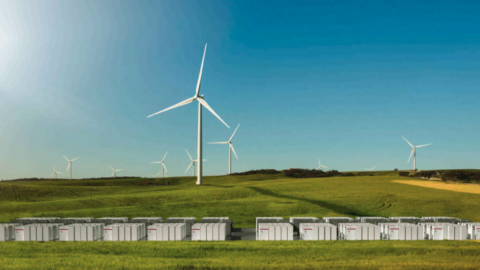The New South Wales Government has approved two new batteries for the Central-West Orana and Upper Hunter regions, which are set to future-proof the power supply for more than 100,000 homes.
The projects will be constructed in two of the state’s Renewable Energy Zones (REZs).
The projects in Apsley (Central-West Orana REZ) and Muswellbrook (Hunter Central Coast REZ) involve building and operating 120MW and 150MW battery storage systems which will connect to the existing electricity network.
The new projects will create 132 jobs, inject $280 million into the New South Wales economy, help maintain energy reliability and keep the lights on throughout the state.
Each battery is expected to be operational towards the end of 2025 and will have a lifespan of 20 years.
The Renewable Energy Roadmap will provide 12GW of renewable energy by 2030. The approval of the Apsley and Muswellbrook projects is a step toward that target.
New South Wales Minister for Energy, Penny Sharpe, said that giving these batteries the green light will play a critical role in securing reliable, renewable energy across the state.
“The transformation of our energy system needs to occur as soon as possible,” Ms Sharpe said.
“Batteries are not only critical to supporting our state’s transition to net zero, they will assist us to get there sooner.”
New South Wales Minister for Planning and Public Spaces, Paul Scully, said that this cutting-edge technology will capture, store and distribute energy to help secure supply for thousands of homes and put downward pressure on electricity prices.
“The batteries will be used during peak power consumption times and provide backup during outages or extreme weather events reducing the need for costly distribution upgrades or emergency generators.”
The REZs across New South Wales are the power plants of the future. They will support new jobs and business opportunities during construction and operation in regional areas.
There are currently 27 large-scale renewable energy, transmission lines and storage projects under assessment in the New South Wales planning system. If approved, they would provide 9GW of renewable energy and 5.5MW of firming storage.
















